 Abraham Lincoln
If given the truth, the people can be depended upon to meet any national crisis...
Abraham Lincoln
If given the truth, the people can be depended upon to meet any national crisis...
 Guildford news...
for Guildford people, brought to you by Guildford reporters - Guildford's own news service
Guildford news...
for Guildford people, brought to you by Guildford reporters - Guildford's own news service
Birdwatcher’s Diary No.162
Published on: 1 Jun, 2018
Updated on: 1 Jun, 2018
By Malcolm Fincham
It wasn’t until the middle of May that the weather started to settle and summer began to fulfil its promise of pleasant warm sunshine. It also gave me the opportunity of a family trip to Frensham Great Pond on May 15.
Brimstone butterflies seemed to be having a good year despite a late start, certainly around Surrey. Sure enough, there were plenty still flying around on our arrival there.
It is commonly believed that the word “butterfly” is a derived from “butter-coloured fly” which is attributed to the yellow of the male brimstone butterfly, the female being a much paler whitish-green.
Flitting around the oak canopy near the visitor centre I spied a male common redstart.
While a willow warbler sang its delightful melody in a silver birch, nearby.
The sound of a tree pipit could also be heard out on the heathland there.
Relenting to the fact that I ought to be spending time with my family, I watched my grandson as he played in the sand and paddled in the water. Fortunately, this was all being supervised by his parents as my mind wandered off, once again. This time to the nearby reed beds where the scratchy sound of reed warblers could be heard.
Watching the movement of the reeds, I pinpointed where they were playing, capturing the sight of two that had paired up.
Out on the water I counted at least four common terns as they interacted, fishing the water.
Having all enjoyed our time there (in our own enchanted ways), I ended our outing with my first small copper butterfly sighting of the year.
Inspired by the continuation of a pleasant and dry spell of weather, on May 18 I ventured to Witley Common, continuing my quest for my yearly sightings of butterfly species.
Although hampered by being lumbered with my daughter’s dog for the morning, it actually turned out to be fortuitous. His large paws were good enough to set anything with wings into flight. The only problem was attempting to get a picture of them once they had finally resettled, whilst holding his lead.
Being a rescue pup, as yet short on discipline, getting him to sit still long enough tended to make taking photos an art I wasn’t accustomed to.
In spite of this I surprised myself in getting some reasonable shots of a good selection of “first of this year” critters.
These included a small heath butterfly.
A green hairstreak.
A grizzled skipper.
A dingy skipper.
Cinnabar moth.
And also adding a green tiger beetle to the day’s selection.
At the top a tall silver birch nearby a cuckoo could be seen and heard calling.
Also getting a picture of one of several garden warblers singing in the area.
Later that same day, (without the dog) I also visited Thursley Common. The warm sun had produced a good showing of both damsel and dragonflies in the boggy areas by the boardwalk.
In turn, it had brought out at least five (possibly six) displaying hobbies.
I achieved a couple of reasonable in-flight shots of one as it hunted over Pudmore Pond by the boardwalk.
A few teal also flew in, unperturbed by the presence of the hobbies, as I continued my walk.
With a little bit of hit and miss with my haphazard, focusing techniques, I managed to get a few shots of what can be vaguely recognised as a Dartford warbler, as it flew across the heathland.
The following day, with the addition of Dougal, I was able to add another couple of sightings to my yearly observations. This was on a visit to Oaken Wood, Chiddingfold, where wood white butterfly can still be found.
These butterfly have a localised distribution in England and Wales that has declined rapidly over the past few decades.
They occur in discrete colonies in tall grassland where vetches grow in sheltered situations such as woodland rides and glades.
The wood white butterfly is a rather delicate-looking species, weak in flight, males fly almost continuously throughout the day in fine weather, patrolling to find a mate. Females spend much of their time feeding on flowers and resting. Counting at least 25 during our short stay there, it seems their number was remaining stable in the area.
An added bonus before we left was picking out the sound of a spotted flycatcher.
On a visit to Pewley Down on May 21, we found that small blue butterflies had now started to emerge.
Our smallest resident butterfly is easily overlooked, mostly by its small size.
Recent projects concentrating on Newlands Corner, The Mount and Pewley Down has aimed to improve lowland calcareous grassland to support butterflies.
While seed of kidney vetch, the sole food plant of the small blue, has been sown to restore and maintain the sites, in hope of reversing their decline.
A few common blue butterflies had also started to emerge.
While holly blues, already seen in the last few weeks, were still quite plentiful.
Dingy skippers could also be viewed, some looking rather tatty as they chased each other in flight.
Also adding a burnet companion moth to the day’s list.
Highlights of the last few weeks of May at my “local patch” at the Riverside Nature Reserve, near Burpham, included:
Canada geese could now be seen there with young goslings, both on Stoke Lake and along the River Wey.
Mallards could also be seen parading their ducklings.
By the lake I picked out a beautiful demoiselle.
While along the river, banded demoiselles were starting to break out.
Also picking out what I believe to be a red-eyed damselfly.
Mayflies were also abundant.
Grey and pied wagtails could be viewed catching them, mid-flight, over the river.
The odd swallow could be seen flying around hawking insects.
While a pair of house martinscould be seen, on one of my visits, collecting mud at the edge of the scrape near Stoke Lock.
On another occasion a herd of cattle waded across the shallow pool of water, while three mute swans watched on, bemused.
As a common whitethroat sang from a bush close by.
A stroll along the towpath on an especially bright and pleasant evening during the middle of the month, allowed me a face-to-face encounter with a locally ringed male kestrel, its feathers shining in the last hour of light.
Though, unfortunately, despite continued optimism, still no luck getting any in-flight photos of the barn owl, still often showing well in one of its favoured daytime roosts.
Locally, over the streets and houses of Stoughton, swifts had grown in number since my previous report. Having arrived late this year, and fewer in number, they have a lot of catching up to do.
They breed on the wing, only landing to nest in gaps in roofs, usually in older buildings where they had nested before.
An interesting photo came my way from my friend Bob. This was of a surprise visit by a peregrine that had settled on his roof in Wood Street Village, for a good 10 minutes, certainly long enough for Bob to fetch his camera to take the picture.
My old friend Mark also got in touch with some news in Normandy, the village he lives in on the outskirts of Guildford. My investigation took me to see a family of tawny owls he had spotted while walking his dog.
Similar to the ones I had seen at Pulborough and written about in my previous report, there were three juveniles “branching” in some oak trees, close to where Mark lives.
Although not easy to spot on the evening I visited, we eventually managed to pick up on their contact calls, as evening light faded beyond photography. Getting just a rear, record shot of an adult.
Another friend, Joe, sent me a picture he had taken recently. An interesting find that I hadn’t personally seen for a few years on a Verbascum thapsus (mullein) plant growing in his garden in Farncombe.
These strikingly, colourful, caterpillars, of what is known as the mullein moth, are generally visible from May to July, often seen feasting upon mullein plants.
After its final molt the mullein moth will enter its pupa stage. In this stage it goes underground and spins itself into a hard silk cocoon. Remaining in its pupae stage for up to five years before emerging as an adult.
In spite of its bright colour to ward off predators, the mullein caterpillar can be parasitised by the ichneumon wasp Ophion luteus.
One such member of this ichneumon parasitic species of wasps, Rhyssa persuasoria, I had seen just the day before on a woodpile, on another visit to Oaken wood.
Also known as the “sabre wasp”, it is one of the largest. https://www.buglife.org.uk/
On many of the Surrey heathlands, nightjars had made their return, spotting my first of the year, on May 16, as the evening light faded and became too dark to take any photos.
Though not expecting to improve on photos, achieved in recent years.
Also adding a roding woodcock, as it flew over in the moonlit sky.
As the month came to a close, unsettled weather made a return. Although not bringing too much rain, locally, so far. The muggy conditions brought with it some spectacular lightning shows and most importantly allowing me a few days rest after a manic few weeks.
Responses to Birdwatcher’s Diary No.162
Leave a Comment Cancel replyPlease see our comments policy. All comments are moderated and may take time to appear.

See Dragon story: GBC’s Explanation of Major Land Sale Notice Error ‘Borders on Arrogant’ Says Councillor




Recent Articles
- Surrey Children’s Services Improvement Recognised by Ofsted
- Independent Guildford Stationers Are ‘Top of the Shops’
- Birdwatcher’s Diary No.304
- Cyclist Dies in Peaslake
- Surviving Strategic Director Quits to Take Up CEO Role with a West Sussex Council
- Letter: Damning Reports Should Not Be Used to Gain Political Advantage
- New Leader of the Opposition at Waverley
- Surrey Day’s Celebrations Took to the Skies
- Notice: Dance with Junction 9 to Raise Money for Charities
- Mistreated Former Sub-postmasters Receive Standing Ovation


Recent Comments
- Olly Azad on Mistreated Former Sub-postmasters Receive Standing Ovation
- Barry Jutsum on Letters, Comments, Complaints Policy and Privacy Statement
- Aubrey Leahy on Guildford Police Station to Close – Officers to Move to Mount Browne HQ
- John Ferns on Guildford Police Station to Close – Officers to Move to Mount Browne HQ
- Barry C Williams on Letter: Cross-party Effort Required to Improve Police Resourcing in Surrey
- Anthony Mallard on Guildford Police Station to Close – Officers to Move to Mount Browne HQ
Search in Site
Media Gallery
Dragon Interview: Local Artist Leaves Her Mark At One of England’s Most Historic Buildings
January 21, 2023 / No Comment / Read MoreDragon Interview: Lib Dem Planning Chair: ‘Current Policy Doesn’t Work for Local People’
January 19, 2023 / No Comment / Read MoreA3 Tunnel in Guildford ‘Necessary’ for New Homes, Says Guildford’s MP
January 10, 2023 / No Comment / Read More‘Madness’ for London Road Scheme to Go Ahead Against ‘Huge Opposition’, Says SCC Leader
January 6, 2023 / No Comment / Read MoreCouncillor’s Son Starts Campaign for More Consultation on North Street Plan
December 30, 2022 / No Comment / Read MoreCounty Council Climbs Down Over London Road Works – Further ‘Engagement’ Period Announced
December 14, 2022 / No Comment / Read MoreDragon Interview: GBC Reaction to the Government’s Expected Decision to Relax Housing Targets
December 7, 2022 / No Comment / Read MoreHow Can Our Town Centre Businesses Recover? Watch the Shop Front Debate
May 18, 2020 / No Comment / Read More









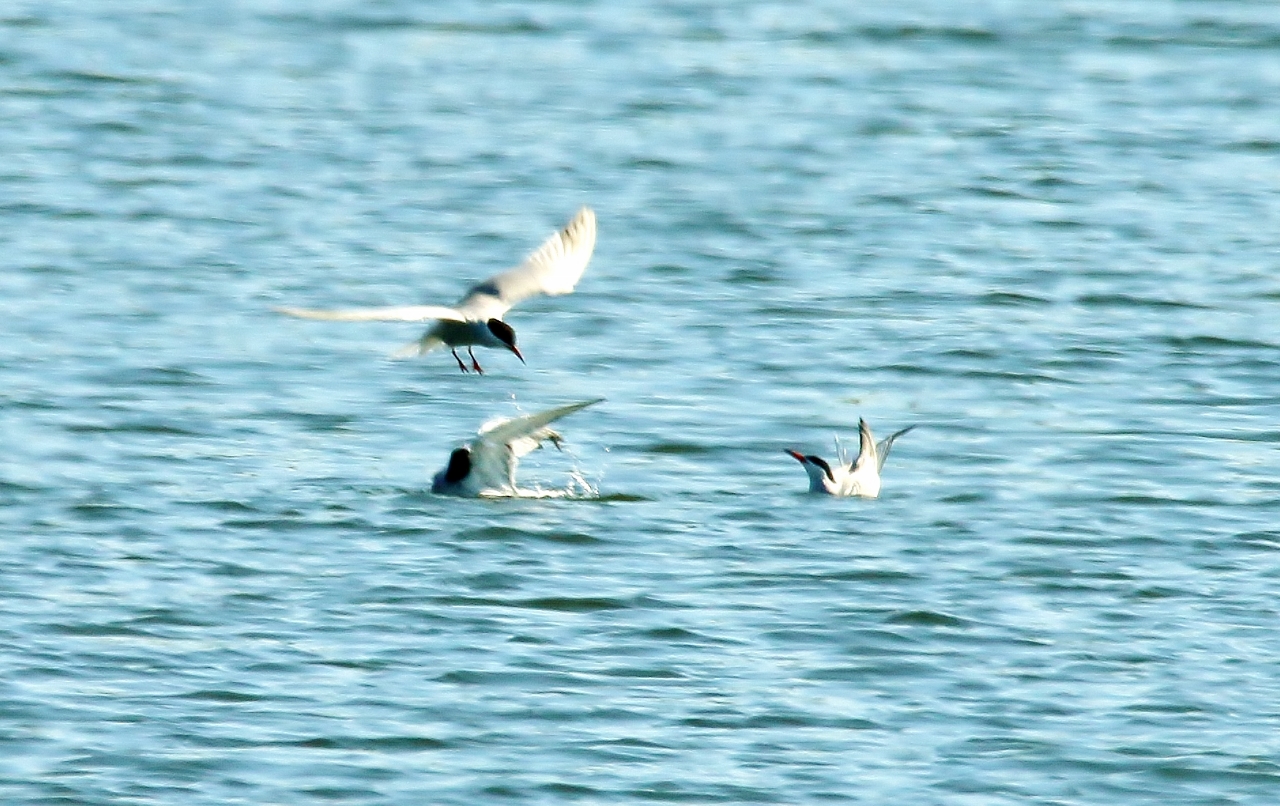


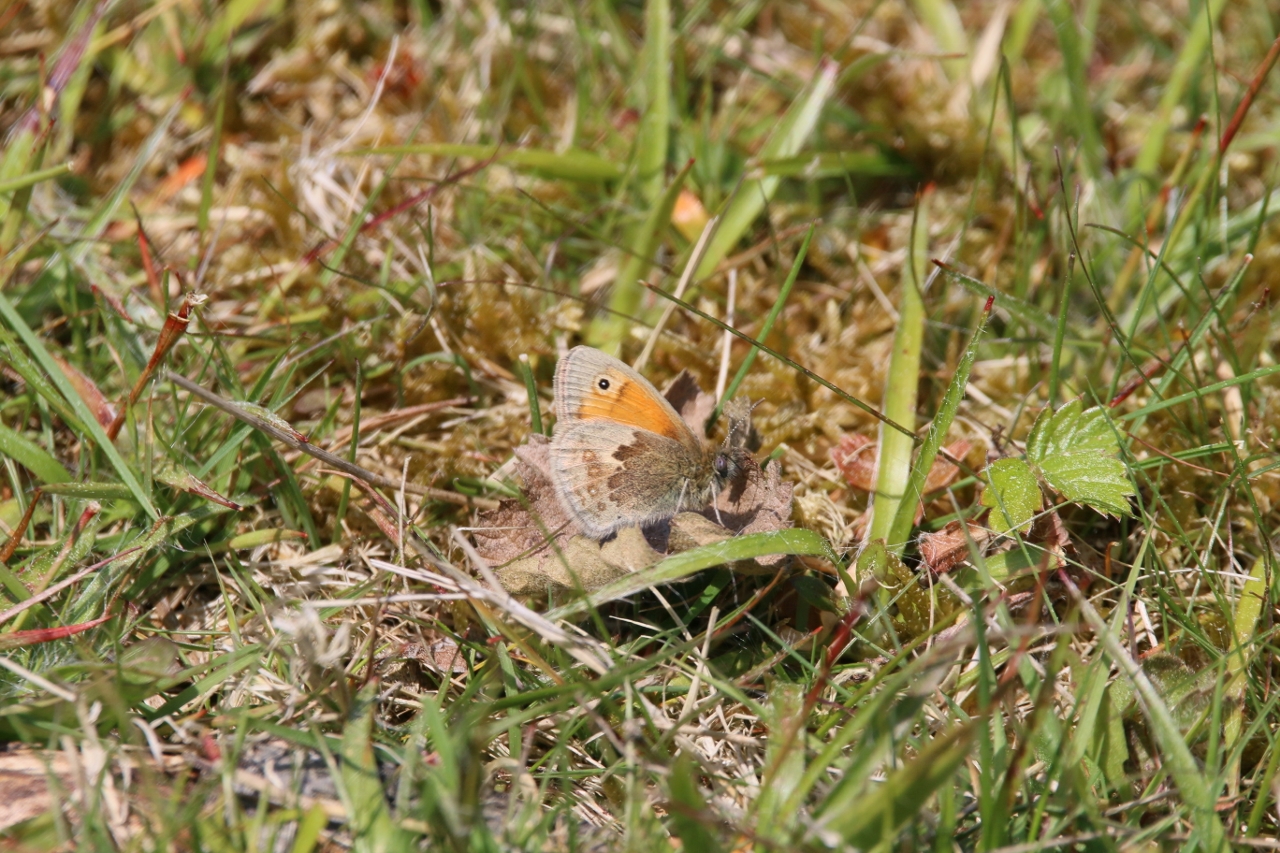









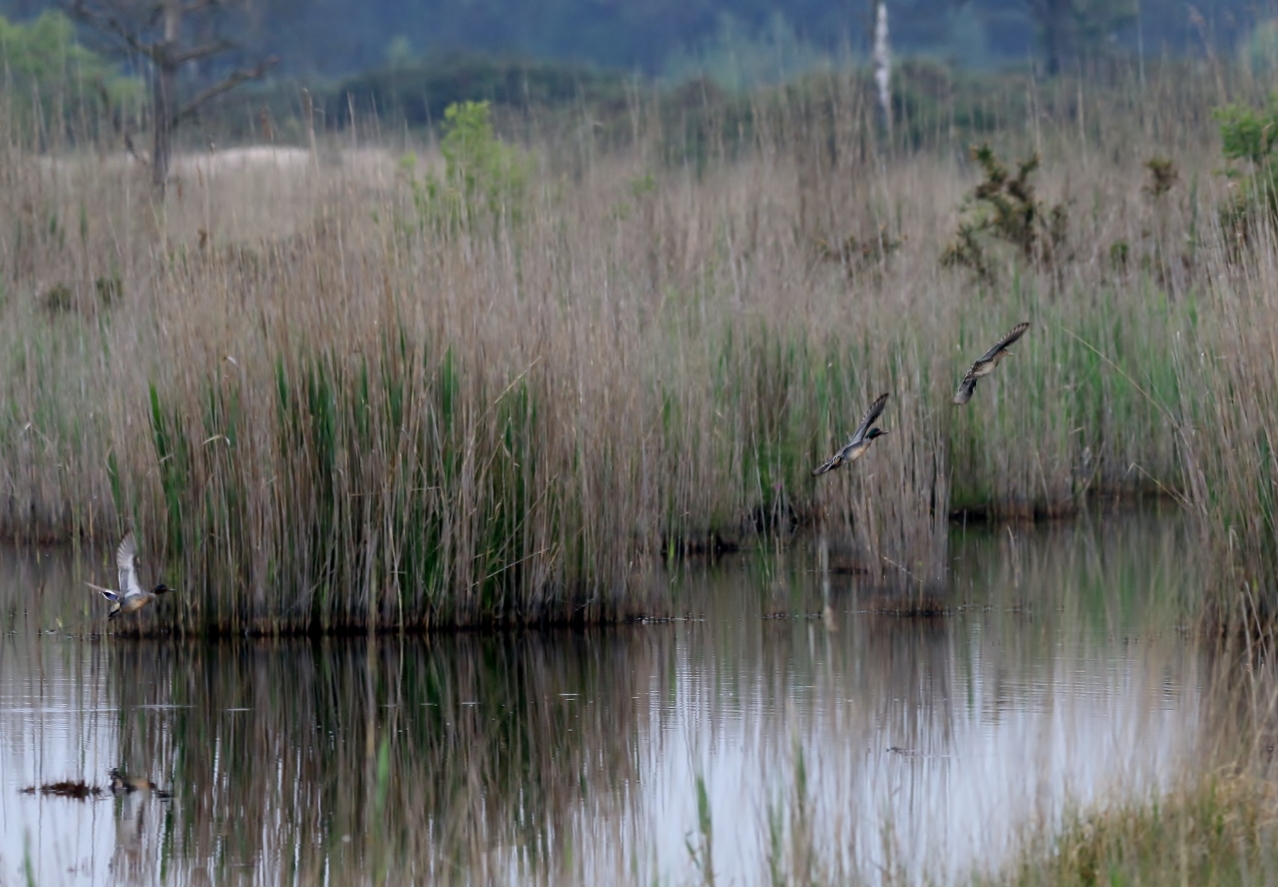
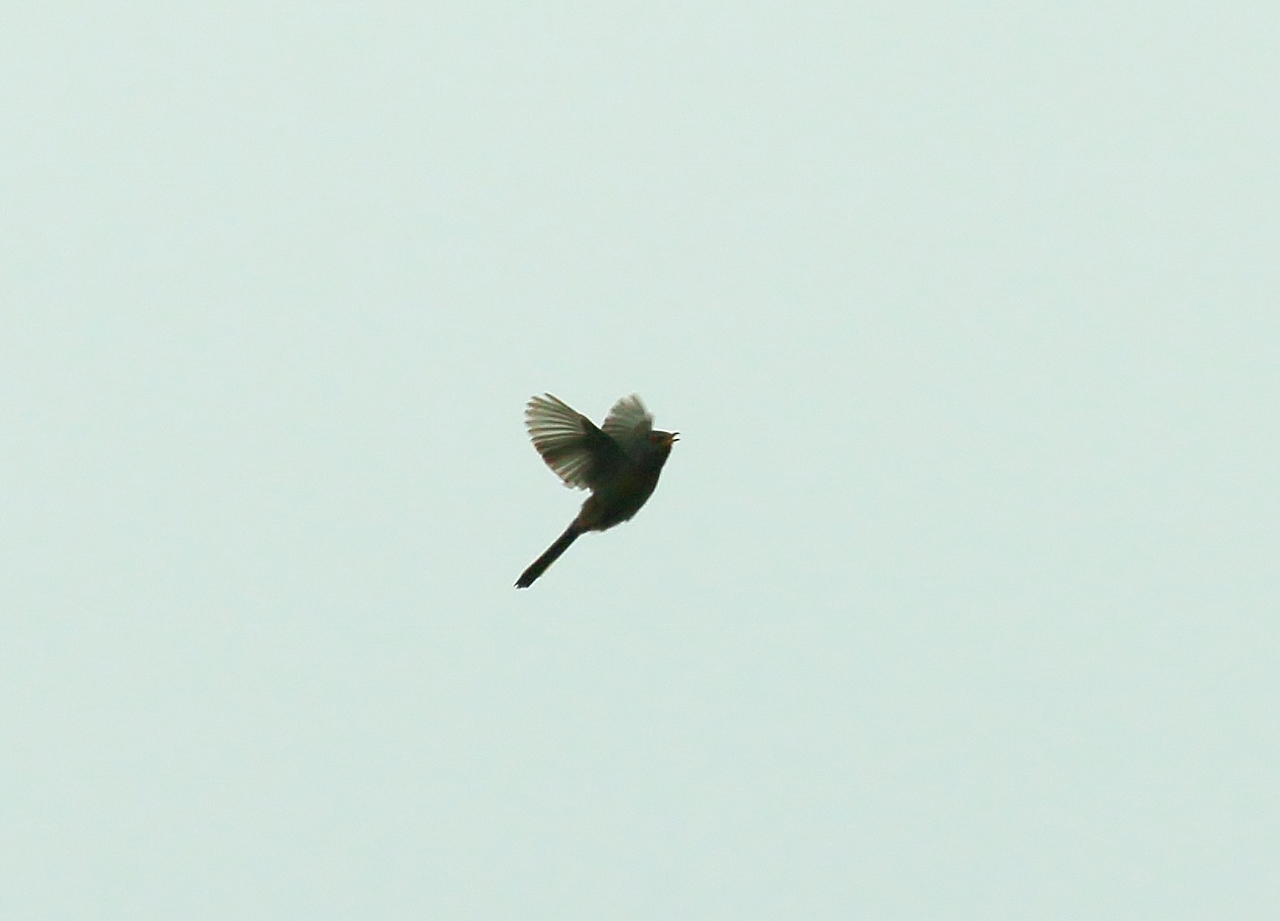


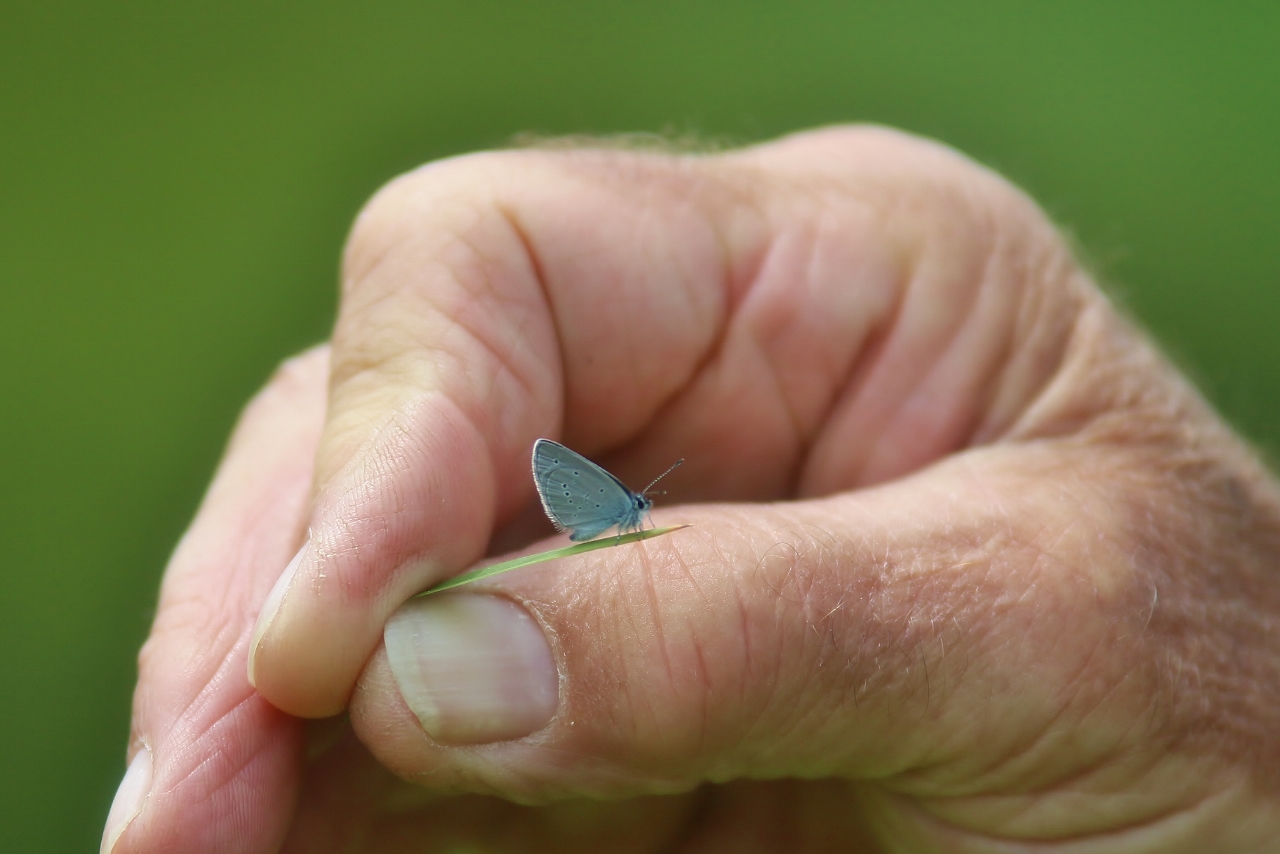



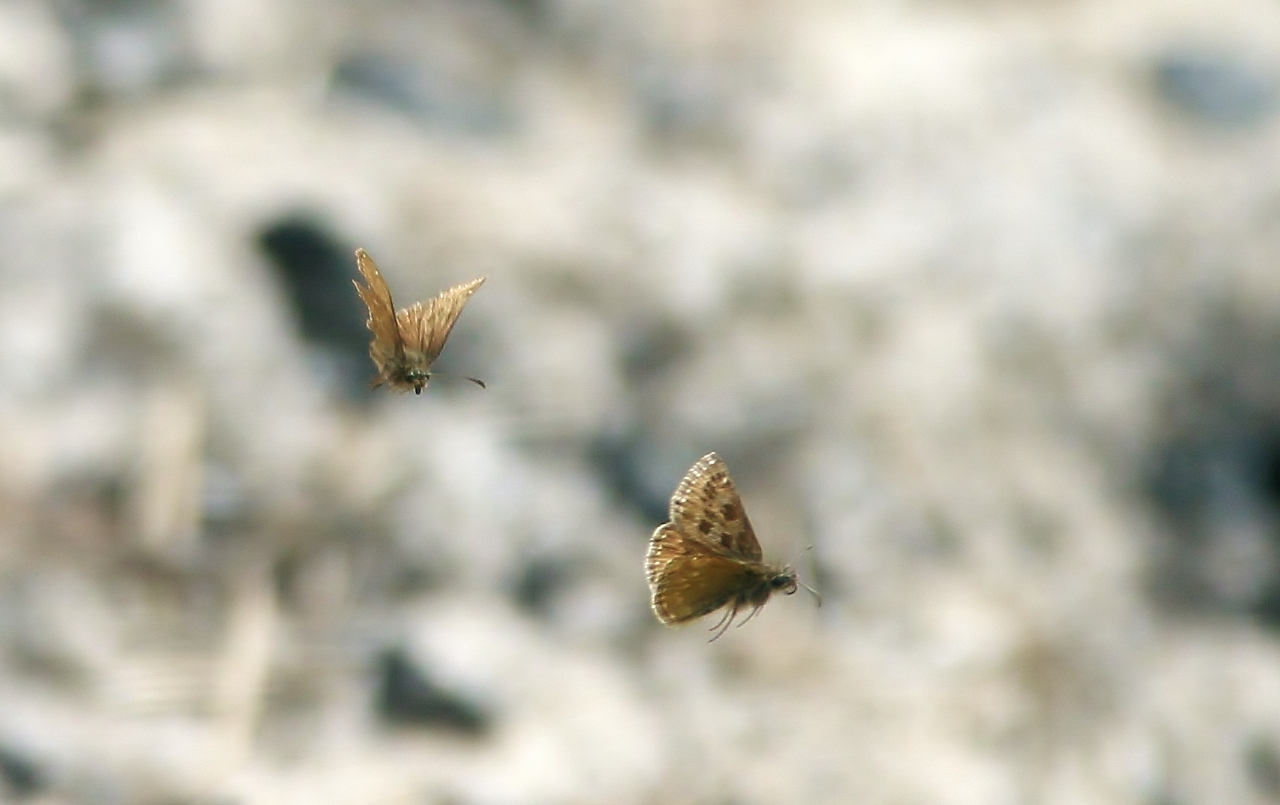
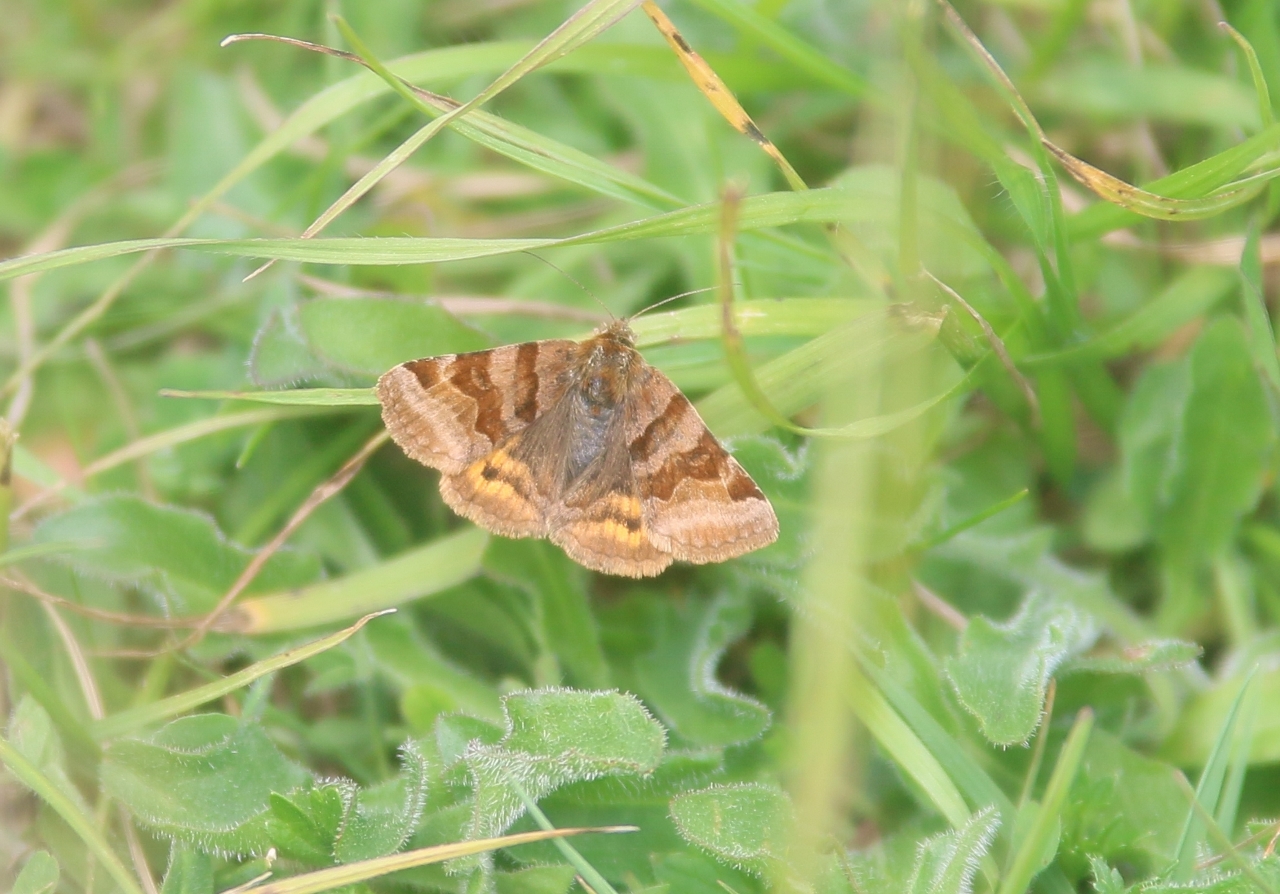



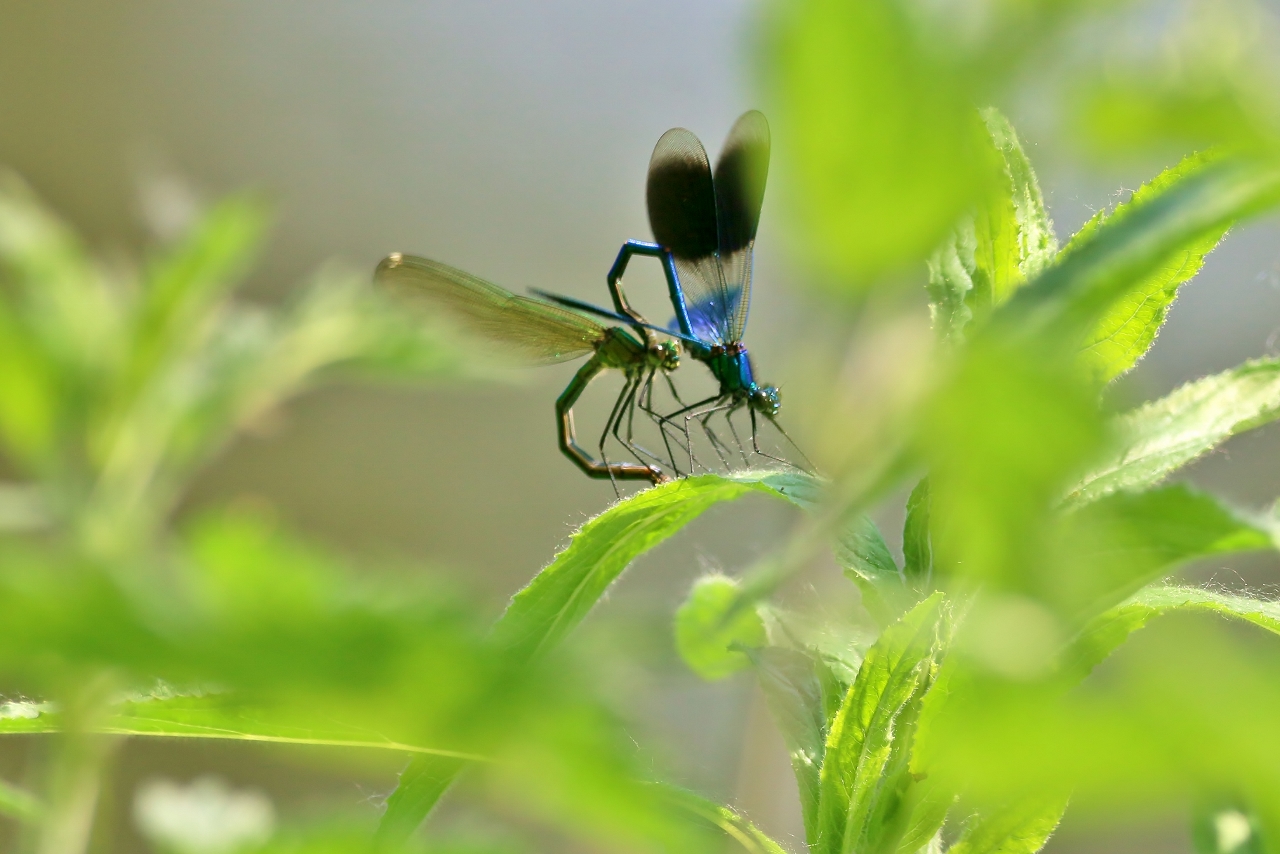














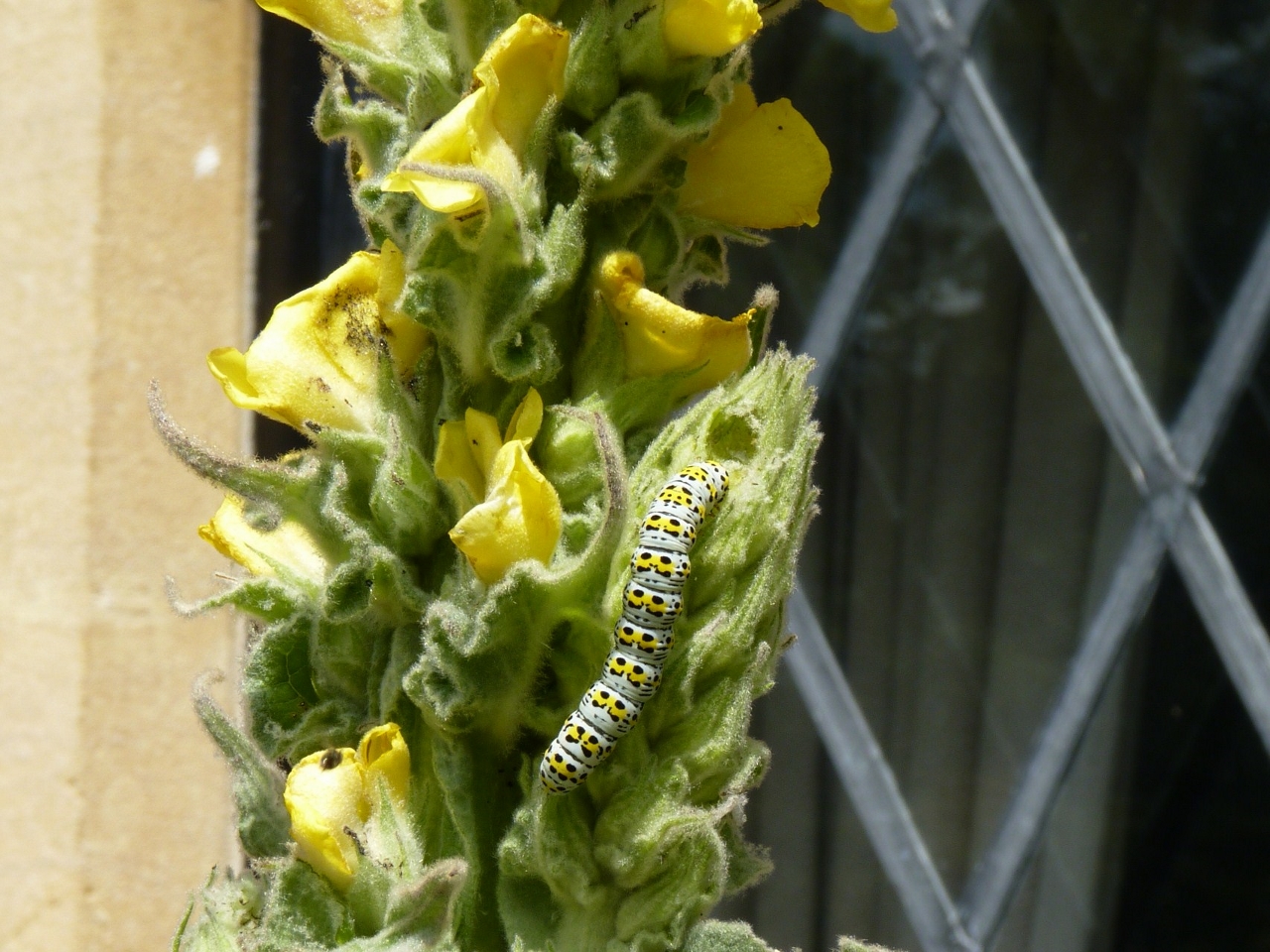

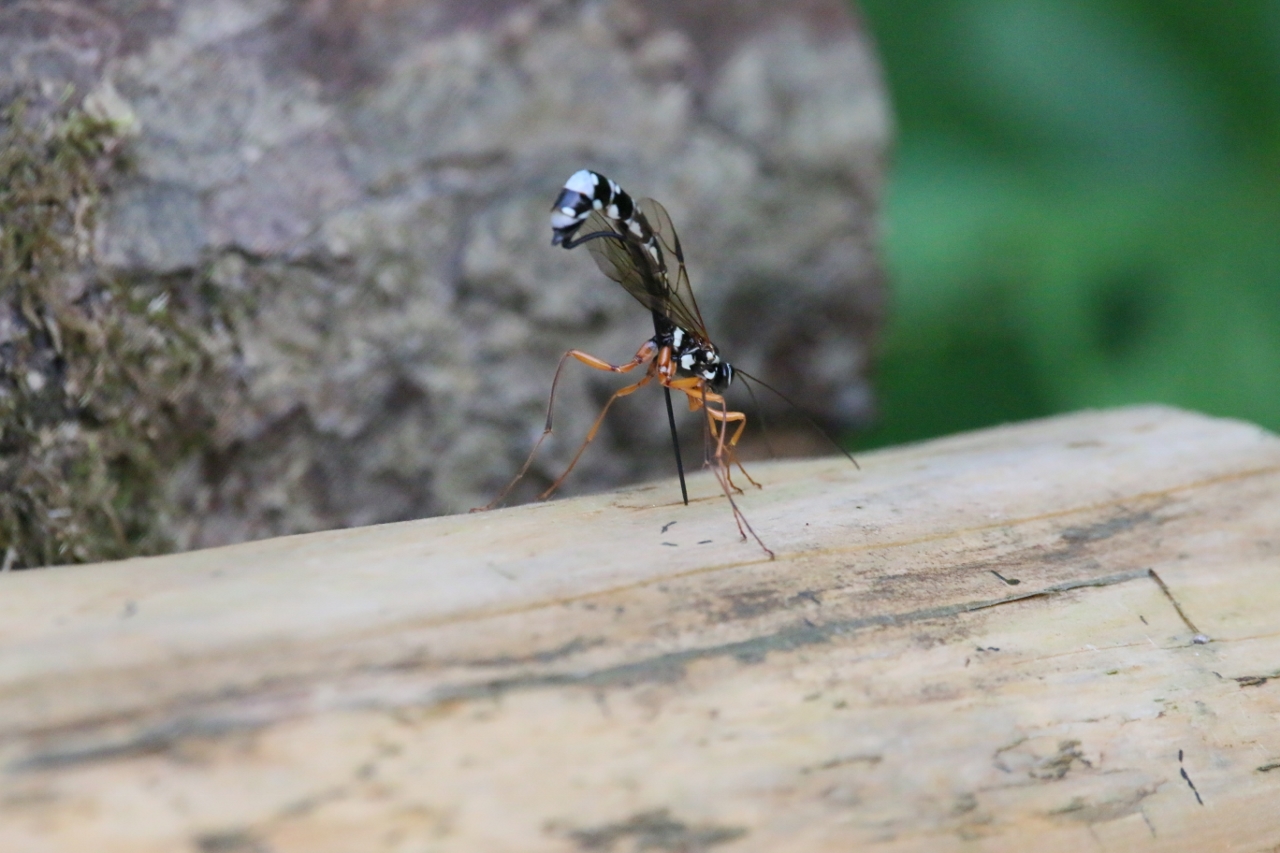






Harry Eve
June 2, 2018 at 8:22 am
Great photos of butterflies in flight. They must have taken a lot of patience and skill. Malcolm – what shutter speed did you use?
Josephine Eva
June 2, 2018 at 5:50 pm
What an interesting article, thank you!
Robert Frost-Bridges
June 3, 2018 at 5:09 pm
Another wonderful diary, accompanied by some superb photographs. I’ve often thought a more apt name for a butterfly would be ‘flutterby’.